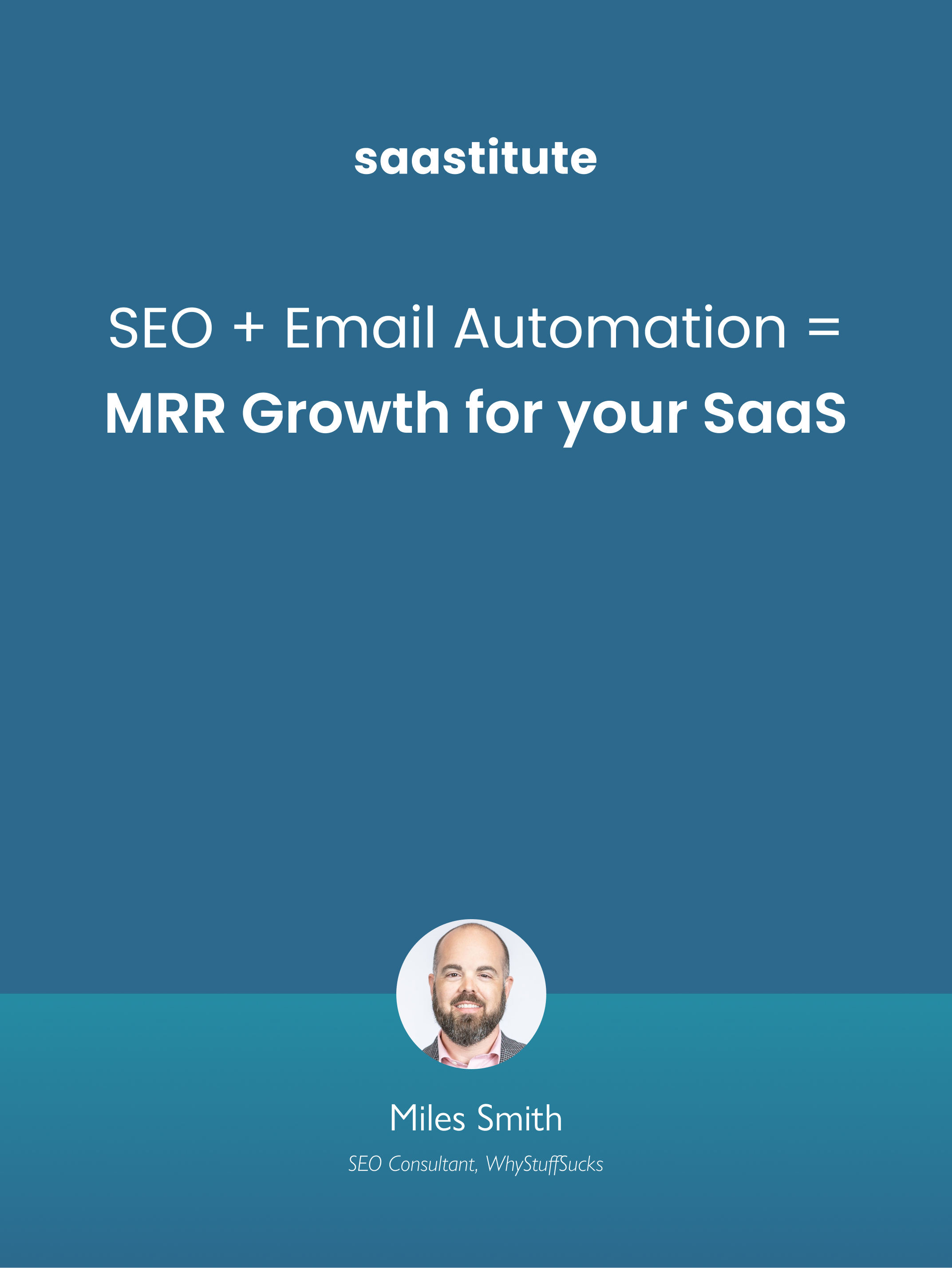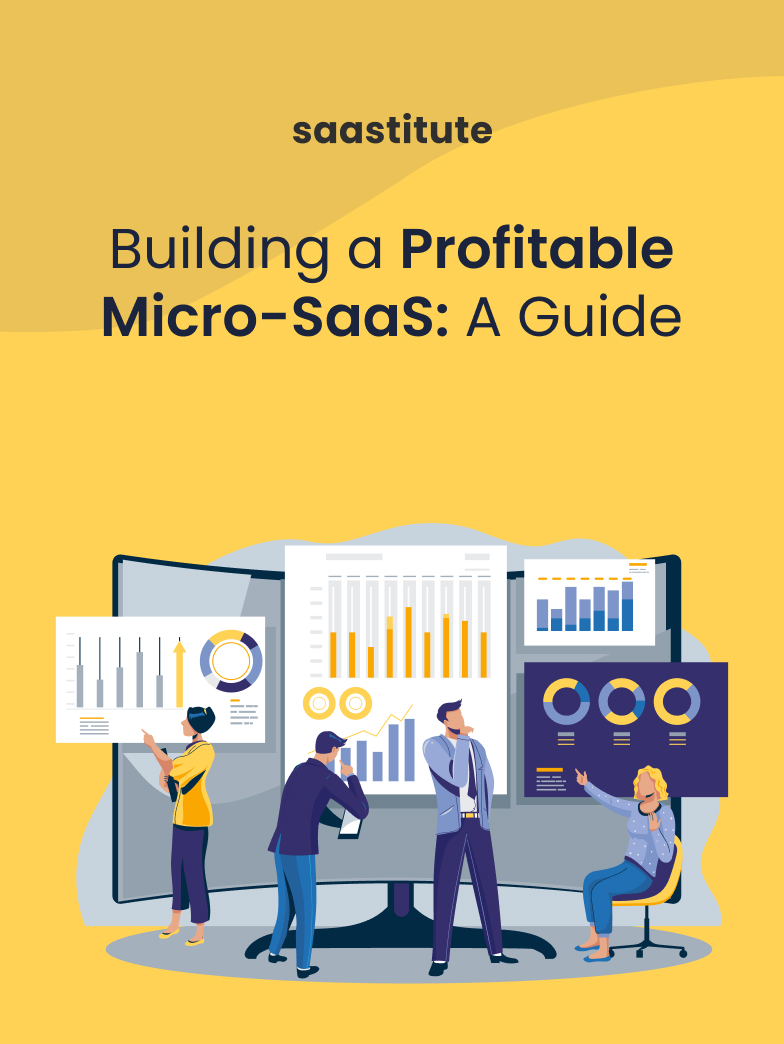How to Conduct B2B Market Research for SaaS?
Market research is undeniably the best way to better learn your playing field. Here are a few tips on how to conduct market research to get the most of it for your B2B SaaS product.

I recently learnt about a trend where studios tend to release what they think are mediocre movies in January and February intentionally and save their big blockbusters for the summer. This is a real thing called Dump Months.
We all know Hannah Montana or Miley Cyrus. But a not well-known fact is that the Hannah Montana movie was released on the 10th of February 2008, just a week after the Superbowl XLII kicked off, and 2 months after the US recession began. This is a bold move for Disney but one of the main reasons that Hannah Montana grossed $31.1 million and became the highest-grossing movie to open on Superbowl Weekend is due to the general appeal to the female audience and the lowered female viewership to the Superbowl.
This brings us to the segue into this article. Hannah Montana was a success because Disney conducted an intensive market research before releasing their movie(as they usually do).
How to Conduct B2B Market Research for SaaS?
Before we get into how to conduct market research, we need an understanding of what market research is and the factors that go into it.
What is Market Research
B2B Market Research is a process of gaining a broader understanding and uncovering insights into the marketplace by surveying a sample of its participants such as existing or former customers, prospective buyers, competitors customers or the general public.
This is not to be confused with B2C market research as the markets are significantly different. Some differences between B2B and B2C markets are:
- 1. A large gap between the highest and lowest spending customers
- 2. Smaller customer base in the B2B market
- 3. Larger decision-making units
- 4. Higher prices and more customized products
- 5. Longer buying journey in B2B
Steps of Market Research
Market research is a comprehensive process consisting of 6 steps:
Problem Statement
The first step of any research is to identify the problem from the perspective of the business. The researchers need to keep the business's objective in mind, as the data collected depends on what the business aims to learn. Stakeholders of the company can be approached to support the research. Be sure not to cram too many topics of a broad nature under the same research as this can seriously throw the study off.
Research Plan Development
The next step of the research is to plan out the approach to the research. The business's objectives are translated into research questions and hypotheses have to be established and tested.
Depending on the nature of the research, a “pre-research” might need to be conducted to get the foundation for the primary research. Industry experts and key stakeholders are interviewed to gain more insight into the research plans and objectives.
Research Designing
The next step is a rather complicated one, to design a blueprint to obtain the necessary information to solve the presented research problem. These designs can either be exploratory, where the tentative understanding is probed or conclusive, where the hypothesis is tested. Research timeline budgets are decided in this step.
When designing the research, the researchers must keep the 6 Ws in mind:
- Where should the information be collected from?
- When should the research take place?
- What is the information needed?
- Ways to collect the information?
- Why is this research necessary?
- Who is the target audience?
Researchers need to be open to a hybrid approach of data collection and combine qualitative and quantitative data, but ideally, qualitative research comes before the quantitative.
Data Collection
Data collection is usually done through surveys that are applied to qualitative and quantitative observation methods. This method uses a structured questionnaire to gather information and opinions of the market. Some methods of surveying are:
- In-person interviews
- Phone interviews
- E-mail surveys
- Online surveys through third-party sites.
A popular method of survey is a focus group, where individuals are picked at random and asked a series of questions or are presented with a questionnaire to fill up. While this is a good way to study the local market, it fails to capture the views and opinions of a wider geographic location. Researchers have to note NOT to pick these focus individuals based on the hypothesis, but narrow down on the general target audience and pick random individuals from that group.
Data Analysis
Data analysis may include data entry, checking for missing data points and inconsistencies. For quantitative research, cross-tabulated tables are used to find statistical differences. For qualitative research, each researcher has a different approach. Text analytics is analyzed by experts and reported to get the best insights.
Reporting
Once the research data is analyzed and ready to present, researchers much choose their medium of presenting the data. Nowadays, researchers usually have a website that the stakeholders can visit and consume the information at their own pace. It also allows the option to have a detailed approach or an overview of the data collected.
Dos and Dont’s of Market Research
It’s hard to lose track of minute details while conducting full-fledged market research, but here are a few pointers to keep at the back of your mind while conducting market research:
DO clearly define your research goal
Not having a clearly defined goal can be compared to a headless chicken. Sure, it’s gonna get somewhere but what’s the point? Not having an end goal can waste the time and money of individuals. Time and money could be used to gain insight into the market.
DON’T forget your ROI
If you’re conducting extensive research, there’s a good chance that you stand to gain something from it. The valuable insight is valuable information in the right hands and can significantly benefit the company and in turn, their customers.
DO include multiple response options
Don’t limit the responses to a binary YES or NO. Broaden the answer spectrum and include options like DON’T KNOW, NOT APPLICABLE and so on. Think from a customer's point of view and the options you’d like to see if you had to answer the questions yourself.
DON’T include double-barreled questions
Double-barreled questions are two questions combined into one. Attempting to answer these questions can usually lead to unsatisfied answers, as these are just 2 limited choices in a single question. An example is “Do you prefer cheaper internet service or better value for money?” Answering this question might make the surveyee feel like they’re missing out on the other option.
DO use scales
One of the simplest ways to rank things for humans is to put them on a scale. Use scales of 1 to 10, happy to frustrated, and such to get a better picture of where certain things stand amongst the surveyees.
DON’T be ambiguous
We all love a little mystery but if you expect to get clear answers to your questions, avoid ambiguity. Skip terms such as often, rarely, sometimes, a little, as these values might vary from person to person. Be sincere and straight to the point. Clearer and simpler questions make for better understanding.
To wrap it up...
Market research is essential for every SaaS company. It aids you in gaining a quantitative insight into what your consumers desire, your company's market position, and what makes your rivals successful. Furthermore, by gathering primary, secondary, qualitative, and quantitative data, you may acquire a better understanding of how well your SaaS product compares to its rivals.
Your research isn't done after it's finished. As trends, tastes, and demands are continuously changing, you must collect new data and evaluate your conclusions on a regular basis.
If you have your article in order and need a little bit of inspiration, here are some Micro SaaS Ideas for 2022 and Micro SaaS Examples to get the ball rolling.














.svg)


